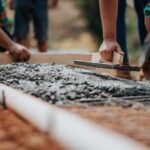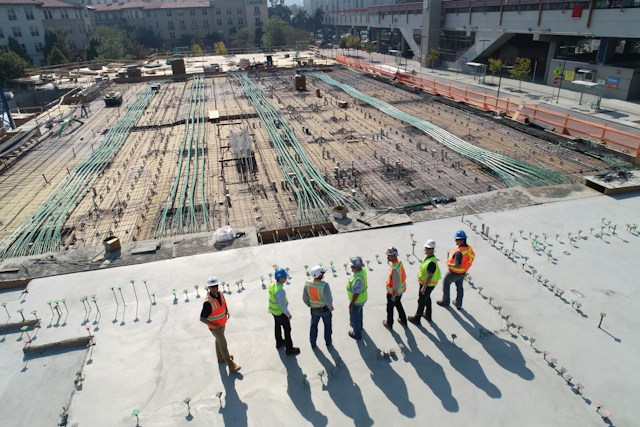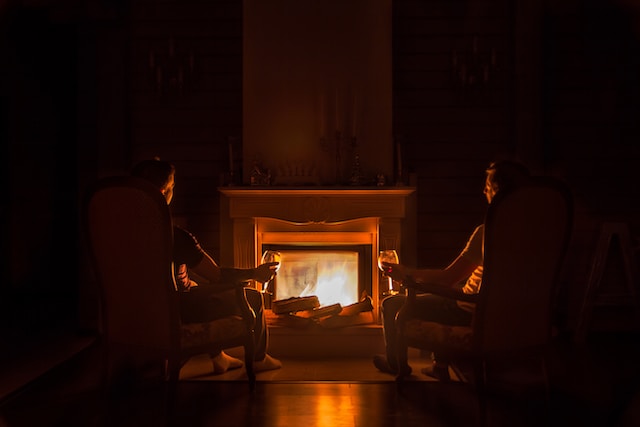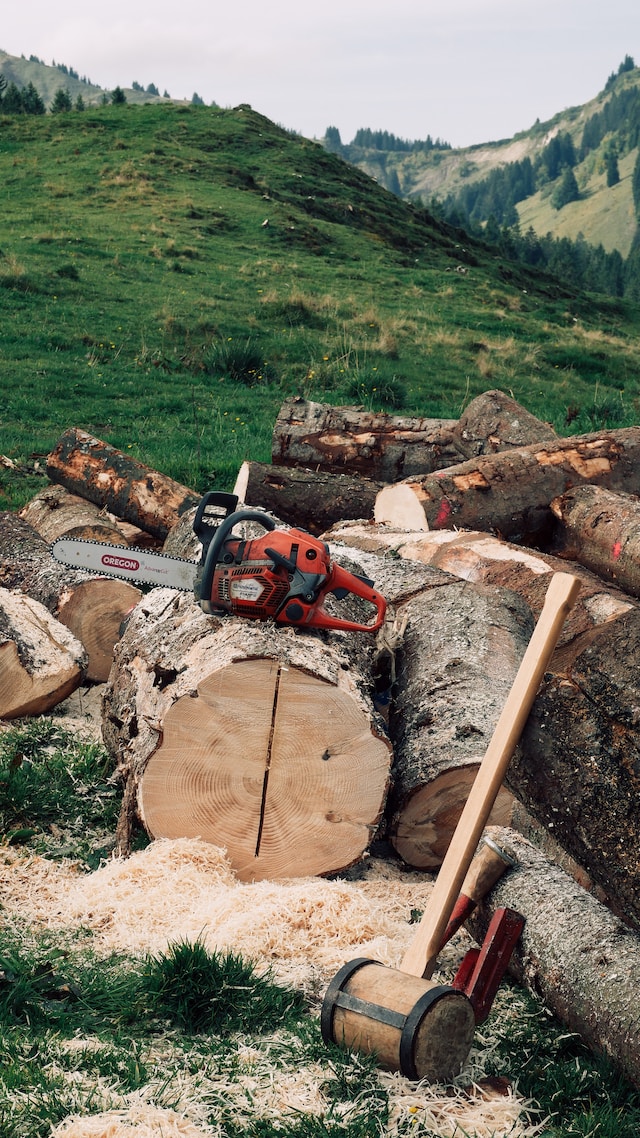Facilities like schools, sports arenas and shopping centers require commercial roofing solutions more specialized than required in residential houses. These structures often have thousands of square feet of roofing, which must withstand the unpredictability of a diverse array of weather conditions. While there are several types of roofing solutions, ranging from the commonly used types of shingle, metal, and built-up roofing to the lesser-known forms of spray polyurethane foam or single-ply membrane roofing, some types are better than others for extreme weather conditions.
Not sure what kind of roofing system you need for your commercial building? Here are key considerations when choosing a commercial roofing system for regions with often inclement weather.
Snowy Regions
While roof snow removal plans are essential in maintaining your roof once it is installed, a crucial step in roof preservation is choosing the right type of roofing from the beginning. Some areas deal with heavy snowstorms yearly, which is something that should be considered when choosing the right roof. Accumulated snow can lead to a constellation of problems, such as roof collapse, electrical damage, injuries due to falling icicles or heating system damage. Therefore, in areas with heavy snow, it is advisable to steer away from shingle roofing as the seams and joints between each shingle increase the risk of leaking. Other types of roofing are great alternatives for large facilities and may even be reinforced with foam roofing.
Hurricane-Prone Areas and Dry Areas
Areas where hurricanes or thunderstorms are common also require leakproof roofing. For this reason, facilities in regions with heavy downpour or heavy snow, whether in sunny Florida or frosty Massachusetts, may want to choose metal roofing. Moreover, because metal roofing is highly resistant to wind, UV radiation and fire damage, it is particularly suitable for areas that regularly experience flooding or harsh sunlight. Other options that offer similar protection are single-ply membrane roofing and built-up roofing. These alternatives are especially effective for drier areas, where fire resistance is a significant benefit.
When it comes to installing roofing for large structures, your region’s weather is a vital consideration. Buildings should be prepared to withstand the heavy weather that occurs often in that location. Also, keep in mind the location of the building and what types of hazards may occur in that area. Avoid future problems down the road and help preserve your facility by choosing a roofing system specifically designed to protect against dry weather, torrential downpours, hurricanes or blizzards.

 Fostering Tranquility: Infusing Personal Well-Being into Home Renovation Ventures
Fostering Tranquility: Infusing Personal Well-Being into Home Renovation Ventures  How to Maintain Your Garage Floor Epoxy for Long-Lasting Results
How to Maintain Your Garage Floor Epoxy for Long-Lasting Results  One-Stop Shop for the Holidays: Combining Christmas Light Installation with Exterior Cleaning
One-Stop Shop for the Holidays: Combining Christmas Light Installation with Exterior Cleaning  Exploring Modern Infrastructure Projects: Balancing Development and Environment
Exploring Modern Infrastructure Projects: Balancing Development and Environment 


